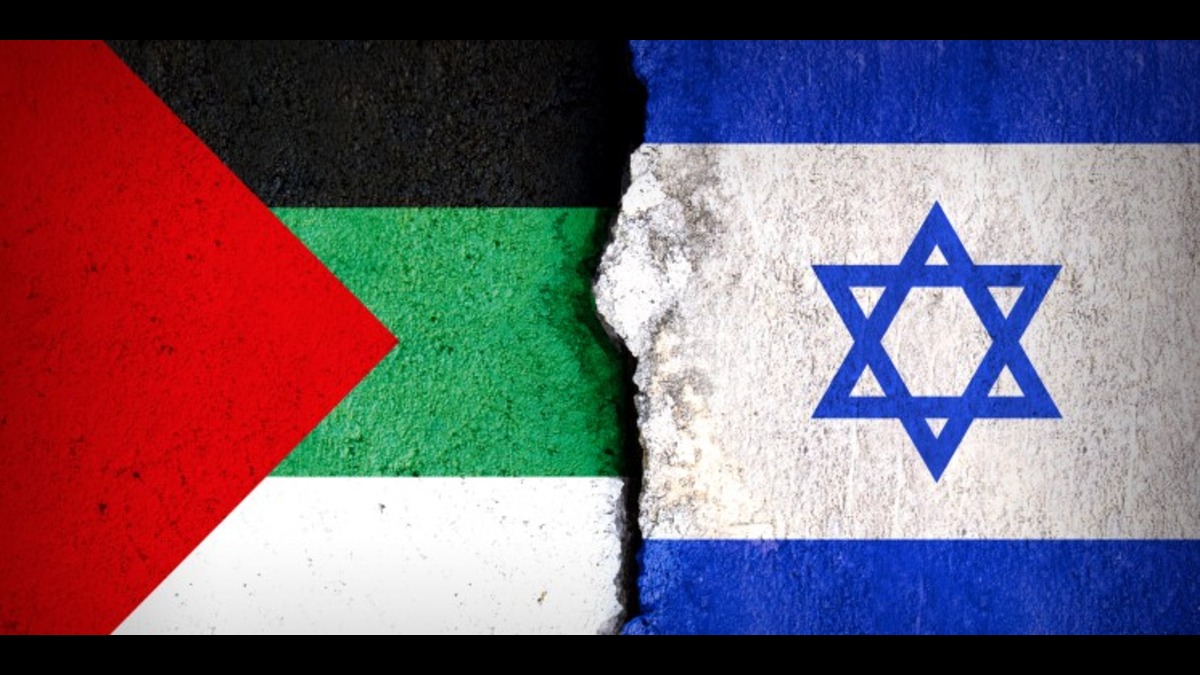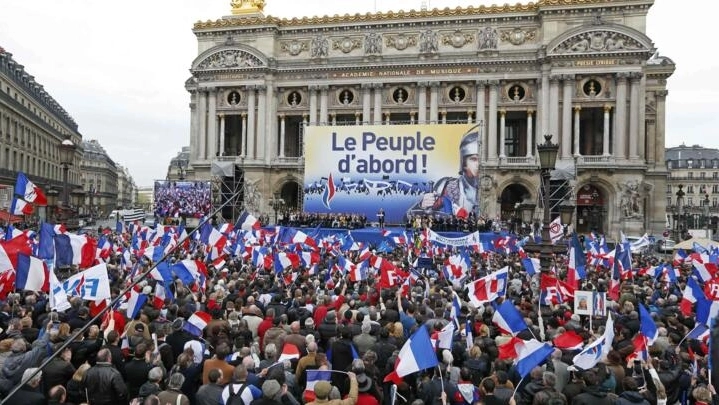Israel vs. Palestine (3): The Uprisings and the Wars to Follow

The First Intifada, and the Oslo Accords
Meaning uprising, the Intifada were series of sustained protests and violent riot the Palestinians embarked on in the military occupied regions of the West Bank and Gaza Strip. It began in 1987 involving hundreds of thousands including children and teenagers. It kick-started with the death of 3 of 4 Palestinian workers involved in a car crash perpetuated by an Israeli. The uprising was motivated by the collective frustration of the Israel military’s occupation in their settlements.
The uprising was characterised by civil disobedience, political graffiti, general strikes, massive demonstrations, refusal to pay taxes, boycotting Israeli products, and the establishment of “freedom schools” (on closure of schools by the military in response to the riots). After 4 years, over 1000 Palestinians had been killed and even more arrests had been made.
Political division eventually arose within the Palestinian community – the Palestinian Liberation Organisation (PLO) with its Islamist factions; Hamas and Islamist Jihad. Towards the end of 1991, negotiations between the Israeli government led by PM Yitzhak Shamir and Arab states began in Madrid, Spain excluding the outlawed PLO.
More negotiations were held in Washington with Palestinians represented by delegations from the Occupied Territories. The talks dragged as all talks often do. Israel in this time fanned the flames of Palestinian division by encouraging the development of the Islamists, a soon to be regretted decision. The first suicide bomb went off in 1993.
What more needed to speed up the talks than the fear of radical Islam? Israel, who outlawed the PLO (those who at first kept the Islamists at bay), themselves conducted secret negotiations in Oslo, Norway. The Israel-PLO Declaration of Principles were signed in September 1993 by the new Israeli PM Yitzhak Rabin and PLO chairman, Yasser Arafat.
The first Oslo Accord as it was called allowed the creation of a Palestinian interim self-government, the Palestinian National Authority and the withdrawal of Israeli forces from a large part of the Occupied Territories. Elections held in 1994 and Yasser Arafat was elected president of the Palestinian Authority. A second Oslo Accord was signed in 1995 to grant autonomy to the Palestinians in certain parts of the West Bank and Gaza Strip.
The Second Intifada
This uprising didn’t have the “3-deaths catalyst” to ignite it. In September 2000, the Palestinian Authority simply converged and decided a sequel was very much needed. They had been humiliated and oppressed in the “Occupied Territories” for far too long.
Just as almost all action Hollywood movies starts with poking the sleeping beast, Palestinians decided to stone praying Jews at the West Wall. Why? A candidate for the position of Israeli’s Prime Minister had an agenda they didn’t like. That day, Israeli Police killed 7 and wounded 200 more. It had 7 instead.
Israel was keen on beheading this Hydra. Having been through this ordeal before, they knew it had to be stopped before history repeated itself – those that fail to learn from history, they say, are doomed to repeat it. They wasted no time opening up the armoury. Within three weeks, a million bullets had been fired, often with fire returned. Bullets didn’t work enough; the garage and hangar opened next. Tanks, helicopter gunships and F-16 fighter planes were brought to the war. I meant uprising.
In November of the same year, Hamas, Islamist Jihad, and some other factions began suicide bombings. By 2005, over 150 had been carried out and the war raged on with no end in sight. Israel, now a master of warfare, reoccupied the West Bank again in 2002. Palestine suffered another huge loss in 2004 when Yasser Arafat, the Palestinian Authority (PA) president, died.
The War on Hamas; The War on Gaza
Israel declared war in 2006. In subsequent years, Israel’s war on Hamas in the Gaza Strip was carried on under various names: Operation Cast Lead of 2006, Operation Pillar of Defence of 2012, and Operation Protective Edge in 2014. More raids brewed on Nakba days of 2017 and 2018. The 2018 outbreak saw many killed and thousands injured at the Israel-West Bank border; warranting a war crime investigation.
On multiple occasion during these crusades, a diplomatic solution was sought but it yielded no fruit. The new PLO chairman, Mahmoud Abbas, petitioned the UN for the statehood of Palestine, which met a resounding rejection. However, in November 29, 2012, he petitioned Palestine be made a non-member observer state like the Vatican. The approval was overwhelmingly positive – but then, it changed nothing.
As though the war wasn’t complicated enough, newly elected POTUS at the time, Donald J. Trump relocated the United States embassy in Israel from Tel Aviv to Jerusalem in recognition of the holy land as Israel’s. More than that, he designated the Golan Heights of the north Israel territory. Golan Heights had been split two to one between Israel and Syria respectively since the Six Day War of ’67. Tensions high as always, Trump also cut the funding provided by the United States for the United Nations Relief and Works Agency for Palestine Refugees in the Near East (UNRWA) and befriended the current Israeli Prime Minister, Benjamin Netanyahu.
2023
The latest in the long history of war between the two parties began on the 7th of October, 2023. Hamas poked the beast, again. This particular conflict has since spiked interest and multiple debates across the globe. Palestine always gets the majority of the sympathy. It really is similar to the squabble between well-spaced siblings – the last child gets the “sorry” while the older, the scolding.

Some of the result of the Hamas missile launch on an Israeli city on October 7
It is safe to say a vast part of Israel is still standing today owing to the famed Iron Dome – one of the planet’s finest anti-missile technology found in Israel. Hamas on this day launched an estimated 5,000 missiles into Israel then finished up with ground combat. 1,400 were killed and 230 taken hostage. The PM outrightly declared war and so did the allies.
Israeli retaliation is often perceived as brutal but all is fair in war. The rule of war is simple – “don’t start if you’re not going to win”. Israel advances into the Gaza Strip leaving death and destruction in its wake. The “innocent” suffer and are denied basic amenities, well, Israel supplies the lot of it.
This, most assuredly is not the end. Stay updated, debate informedly.
– Oyesola Oluwasegun



